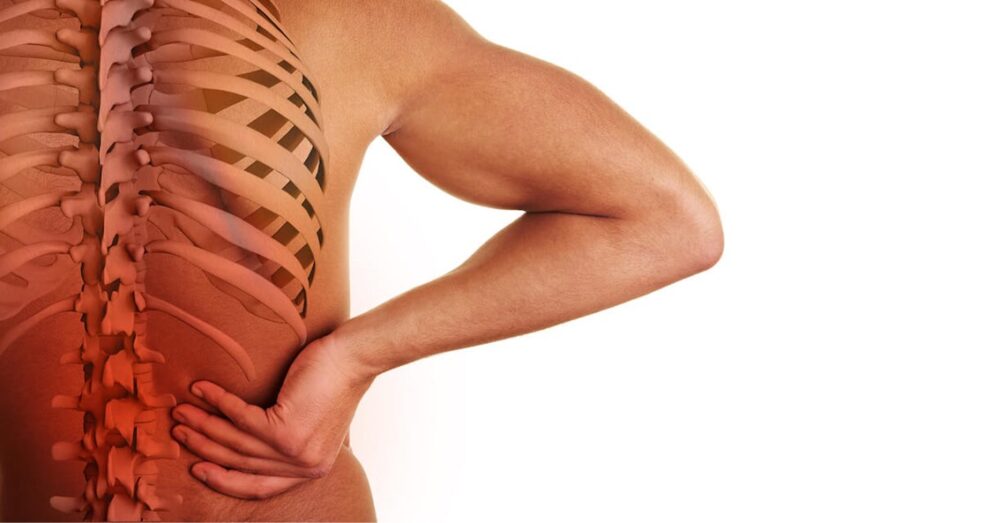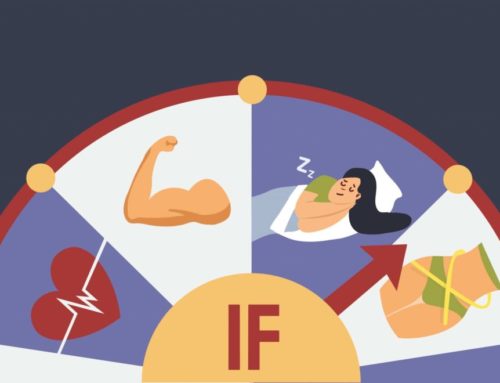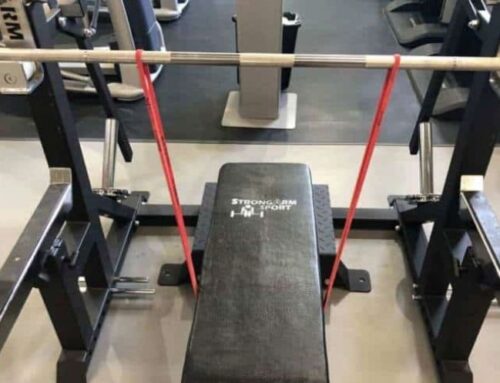(What Experts recommend against Lumbago)
As waist receives a considerable amount of load throughout the day, becomes a very important point requiring care and exercise to avoid strain related problems.
Training the waist is not about building the muscle of waist area or losing weight only. The spine, consisting of numerous bones, takes part in body movement using a variety of nerve and nerve roots, so being the only point under constant pressure during the entire day.
The importance of this body part, manifested by many problems appeared for large population groups regardless of age, is shown in various ways as aches, pains, stiffness and a general discomfort, in many cases extending to lower parts of the human body.
The first and most probably main reason foe experiencing similar problems comes as result of the negligence to strengthen it by the necessary physical exercise.
The daily bad posture charges the waist further, eventually causing an intense lower back pain (lumbago), immobilizing the individual for days.
In fact, this is not something happening with people not engaged in regular or professional athletics, but even professional or amateur athletes, neglect the strengthening of this particular body point.
Strengthening the waist may not offer a ribbing or muscle mass, but there are other equally (or even more) important benefits.
The muscles become stronger resulting in better support of the spine, allowing better movement of the waist (and better support of the entire body).
Strong muscles will also prevent various injuries during exercise.
Today’s article deals with the very important topics listed below:
- Lumbago: what it is and how treated
- Main causes of lumbago
- Lumbago – symptoms
- How the diagnosis performed
- How treated
- The 10 best waist strengthening exercises (for avoiding lumbago)
Here in more detail.
Lumbago : What it is & How treated
Lumbago is a severe pain in the lower back, being one of the most common diseases, not only concerning the third age, as many believe, but every age, mainly related to charge exerted on the waist in everyday life due to poor posture.
The lumbago mostly occurs in young people, between the ages of 35 and 55, very often leading to immobilization in bed for days.
The pain caused is very acute and penetrating and 80% of the population, at some point in their lives, will experience this intense pain.
However, is there a way to treat the lumbago?
How to recognize it and prevent it?
Prior answering these very important questions, it’s necessary to clarify a few data about lumbago.
Though the pain could often be associated with a local injury, this is not always the case.
Besides, the lumbago pain may not be limited to the waist area, but may extend to the surrounding area.
Lumbar pain can occur even from early 20’s of a person, while this risk increases by aging.
The treatment requires medical examination and proper guidance. The experienced physician receives the patient’s medical history and initially administers a medication to treat the acute pains.
Treatment usually includes a combination of painkillers and anti-inflammatory pills, while in certain cases – when this is necessary – the physician may prescribe the use of muscle relaxants.
Furthermore, physiotherapy and conservative training of the affected area is suggested.
Part of this conservative treatment method is often infusions (in epidural area) made by specially trained personnel (surgeons or anesthesiologists).
Attention: In cases where conservative treatment methods do not work, the person has the surgery as the only option. In recent years there are new (and less painful surgical methods, with fewer complications), however, still being a painful process requiring consideration in collaboration with the treating physician. The surgery, usually includes TLIF, XLIF, PLIF and MISS techniques, with just 2 days of hospitalization.
Lumbago – Main causes
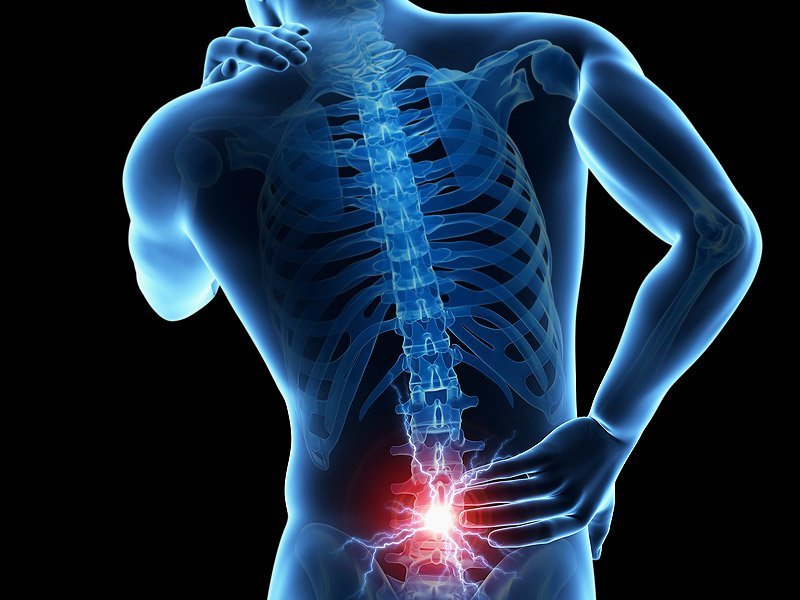
As a fact, is not always easy to clarify the causes leading to lumbago. Many experts describe the condition as a “degenerative disease of the spine” including by the use of this term the largest percentage of patients, nevertheless, not making the cause of pain.
In specific cases, quite rarely, the origin of the pain is clearer, usually associated with muscle injuries, fractures, inflammation, or even tumors in spine area.
Therefore, it is clear that in order to be able to apply the appropriate treatment, a good diagnosis is required, which in the case of this condition is not always easy.
However, some of the most common causes may be attributed to the occurrence of lumbago (pain in the lumbar region) are shown below:
- various musculoskeletal problems
- injuries of area (muscle, ligament or bone)
- scoliosis
- arthritis
- microbial infection
- osteoporosis
- intervertebral disc herniation
- the projection of the intervertebral disc
- vertebral arthritis
- muscle rupture in the area
- rupture of ligaments in the area
- neoplasms
- the tumors
- inflammations
- genetic abnormalities
- the postoperative stage
- sleep disorders
- standing
- long daily sitting posture
Lumbago – Symptoms
Lumbago manifested mainly by severe pain in the waist that (in some cases) extends to the surrounding areas (i.e. to hip, thigh, buttocks or even knees).
However, it is not only the intense and persistent pain, a symptom of this condition, also manifested by:
- sensitivity of genitals
- fever
- unnecessary weight loss
- burning sensation when urinating
- restriction of mobility
- difficulty walking
- difficulty staying upright
- frequency
- stiffness
- acute night pain
How is Diagnosis made
First, lumbago is not always a concern. Most of the time it goes away on its own after a few days and the person fully returns to daily routine.
Nevertheless, when the pain is persistent and there are no signs of improvement for a long time, then the person should seek the advice and guidance of a specialist physician.
For example, severe movement limitations or difficulty for upright position, are signs initiating an alarm to see a doctor.
Even more important is to see a doctor immediately when some of the other symptoms mentioned above coexist (such as frequent urination or burning sensation when urinating).
The specialist, following an examination, takes into account the person’s history and decides on the treatment method to be followed.
The examination suggested includes:
- X-ray
- axial
- blood tests
- and electromyography of lower extremities
How treated
In the case of lumbago, we refer to 2 cases:
- in the case of simple lumbago (with symptoms that may persist for up to 2-3 months)
- and in case of chronic back pain (where the symptoms can last for much longer)
As already mentioned, after physician’s visit (and following performance of necessary examinations), the physician evaluates the condition and prescribes medication (mainly just painkillers) and rest, or (in case the pain not subsiding) increased medication (with anti-inflammatory steroids / in injection form or pills).
It is also possible to suggest concomitant physiotherapy or even in rare cases alternative therapies (such as acupuncture).
In a very small percentage of cases, the patient will eventually need transfer to the operating room to treat the condition (as a last resort).
The 10 best waist strengthening Exercises (to avoid lumbago)
As noticed, waist-strengthening exercises are not just for athletes, but exercises for every modern person.
The reason for applying these exercises is the way of life followed, sedentary life, the bad posture of the body, even the great psychological charge carried every day.
All this reflected in the middle of body, as receives the higher weight during the day.
The onset of lumbago can be prevented with adequate and systematic exercise for muscle strengthening of the area.
Below a number of simple and effective exercises:
No.1: Alternation of Cat and Dog posture
These exercises start in the “little table” position. After taking a position, form an arch by bending waist (just like a cat stretching). Make sure the head remains in low position, while doing the exercise. Stay in this position for 30 seconds and then return to your starting position (coffee table).
Then create a bulge in waist from the opposite direction extending buttocks and head to ceiling and lowering abdomen to the ground. Stay in this position (also known as dog position) for another 30 seconds.
Repeat the exercise until you complete a set (15 – 20 repetitions).
No. 2: Torso overstretching

Again, from the starting position of a small table stretch the right leg in the air and backwards and at the same time stretch forward the opposite arm as well (i.e. the left one).
Throughout the exercise, keep the abdominal muscles tight and be careful not to charge the knee lying on the ground with the entire body weight.
Balance is the key to proper exercise, requiring absolute concentration.
Stay in this position for 15 seconds and then repeat the exercise with the opposite arm – leg.
The set is complete with 10 repetitions for each side.
No.3: Overextension
This exercise is possible while lying on the ground (face down). Place hands behind your back and then lift torso and legs, creating an arc with the body. Stay in this position for 5-10 seconds and return to the original position.
Repeat until set is complete (about 10 – 20 repetitions).
No.4: Knees tucked into the chest
Lie on the back on ground with legs outstretched and then bring the legs to the chest. Hold them in the arms and stay in this position for 30 seconds. If you want – optionally – you apply small oscillations back and forth (like a rocking chair) on your body.
After 30 seconds, you return to the starting position with your legs outstretched and relaxed on the ground.
Repeat for 10 – 20 times until you complete the set.
No.5: Gnawing
Lying on the ground on the back, bend the knees and get into an abdominal position. Place your hands behind your neck (just like in the abs) and by tightening the abdominal muscles, lift your torso a little.
However, be careful not to make large and abrupt movements that can injure you. The torso should be raised to a final position of about 30 degrees.
Then return to starting position and repeat for 15 – 20 times to complete the set.
No.6: Body shrinkage
With knees on the ground stretch the arms and fall forward. This posture also known from yoga as “the posture of the child”.
You stay in this position for 1 minute and return to the original.
Repeat the exercise 10 more times to complete the set.
No.7: Torso Turn
With the initial position lying on the back on the ground with your arms open, you tilt the torso to the right side (turning the pelvis and knees). The shoulders should remain “stuck” on the ground and straight.
Abdominal muscles to be tight.
You stay in this position for 30 seconds and then return to the starting position. Repeat by turning the body in the opposite direction.
The set is executed alternately completing the exercise 10 times for each side.
No 8: Leg Lifts
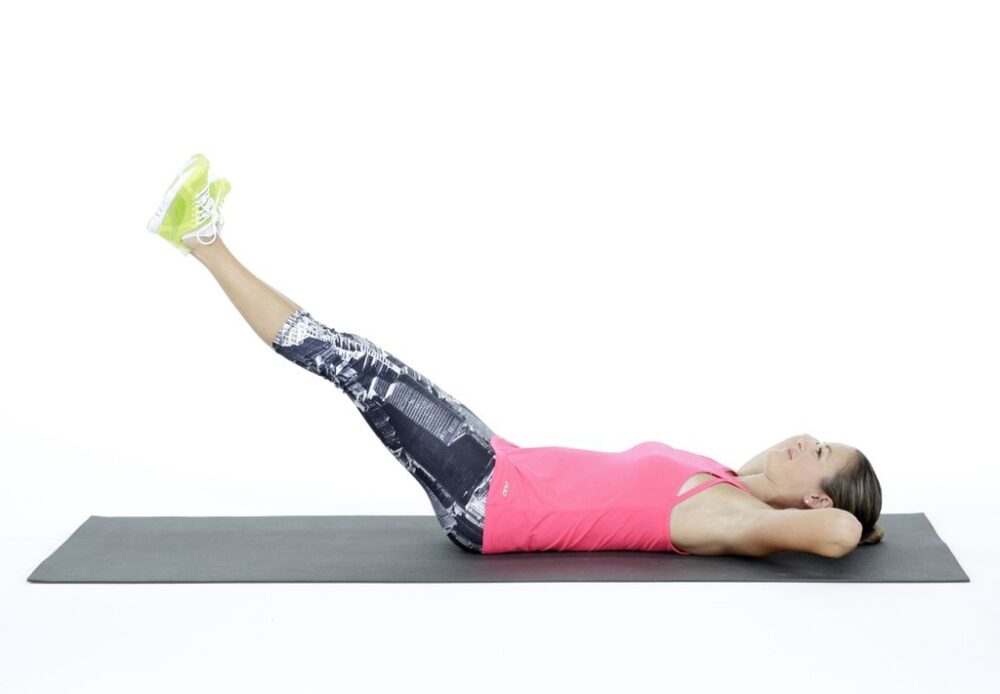
You start in a horizontal position on the ground (back). Bend your right leg slightly and raise your left leg in the air at the same time with a relaxed (and not abrupt) movement.
Hold the raised leg with the hands (placing them behind the knee) and stay in this position for 30 seconds. Return to starting position and repeat the exercise on the other side.
The set is complete by alternately completing the exercise 10 times for each side.
No.9: Bridge
The bridge (as is the name of this exercise) is another exercise to help strengthen the muscles of the lumbar region.
You start lying on the ground on your back. Then bend your knees and press your feet to the ground.
With your hands on the side next to your body, push the body (mainly the pelvis) to stand up. Be careful that back remains straight during the exercise.
You stay in this position for 15-30 seconds and then return to the starting position.
Repeat for 10 – 20 times to complete the set.
No.10: Elevation of the Basin
You start lying on your back. The arms spread on the sides of the body and palms facing the ground, while the legs are bent and gathered at chest.
Then lift the pelvis with a gentle motion (and not abruptly) and supporting your body with your hands glued to the ground.
Stay for 15 seconds and return to the starting position.
Repeat for 10 – 20 times to complete the set of exercises.

